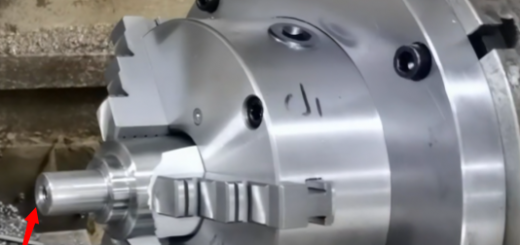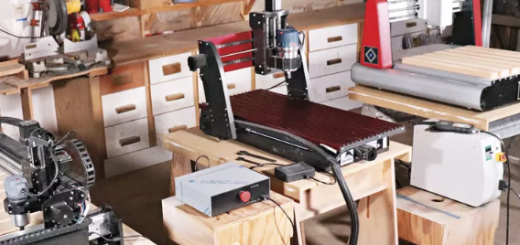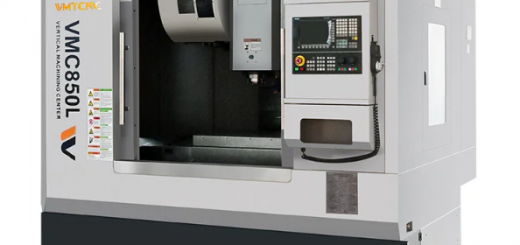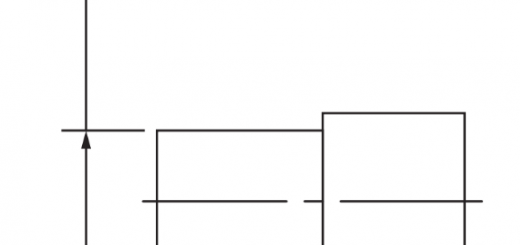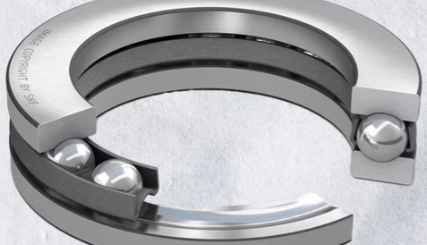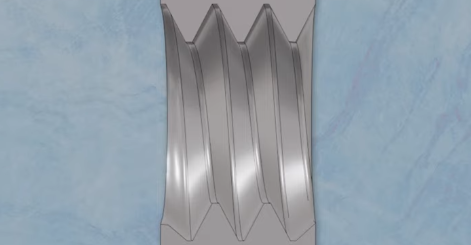How to Determine the Cutting amount of Different CNC Materials and Tool lengths
In the programming and operation of CNC machining centers, the setting of cutting parameters is crucial to both machining efficiency and machining quality. Loud cutting noise, too long tool, too much cutting volume, too hard material or tool wear may lead to poor machining quality or even tool damage. Therefore, high-quality machining not only depends on precise programming but also requires rich experience and a high sense of responsibility to adjust and optimize cutting parameters. Especially when processing different materials and using different tool lengths, the choice of cutting volume is particularly critical. The following will discuss in detail how to determine the appropriate cutting volume based on material hardness and tool length.
Determination of Cutting Volume
The cutting volume includes spindle speed (S), feed rate (F), and feed per tooth (fz), which directly affect the cutting efficiency and tool durability. For different materials and tools of different lengths, the selection criteria of cutting parameters are also different. Short tools have good rigidity and can withstand large cutting forces, so their cutting volume can be relatively large; while long tools have poor rigidity and are prone to vibration, so their cutting volume needs to be relatively reduced to avoid tool breakage or processing errors.
It can be calculated using the formula F (feed speed mm/min) = Fz (feed per tooth mm/r) * Z (number of tool teeth) * S (tool speed r/min). 2. The speed is calculated based on the cutting linear speed required by the cutting tool. The formula is s=1000Vc/πD. The maximum cutting speed (Vc) of general tools is 50m/min for high-speed steel; 150m/min for superhard tools; 25 for coated tools.
Recommended cutting data for different materials and tool lengths:
| Material Type | Tool Length | Spindle Speed (S) | Feed Rate (F) | Feed per Tooth (fz) |
| Aluminum | Short tool | 8000 rpm | 500 mm/min | 0.05 mm |
| Aluminum | Long tool | 6000 rpm | 300 mm/min | 0.03 mm |
| Stainless Steel | Short tool | 4000 rpm | 200 mm/min | 0.04 mm |
| Stainless Steel | Long tool | 3000 rpm | 150 mm/min | 0.02 mm |
| Cast Iron | Short tool | 3000 rpm | 180 mm/min | 0.045 mm |
| Cast Iron | Long tool | 2000 rpm | 120 mm/min | 0.025 mm |
Tool Type and Length
1. Flat bottom cutter: Flat bottom cutter is also called flat cutter or end mill. It has main cutting edges around it and secondary cutting edges at the bottom. This kind of cutter is mainly used for roughing and corner cleaning, and finishing side planes and horizontal surfaces.
Common models include D16, D12, D10, D8, D6, D4, D3, D2, D1.5, D1, etc.
2. Round nose cutter: Round nose cutter is also called flat bottom R cutter. It can be used for roughing, plane polishing, and curved surface polishing. The general corner radius is r0.8 and r5. Round nose cutters usually have integral and inlaid knife handles. Round nose cutters with knife grains are also called flying cutters. They are mainly used for large-area roughing and horizontal surface polishing. Common models include d50r5, d30r5, d25r5, d25r0.8, d21r0.8, d17ro.8, etc.
3. Ball cutter: Ball cutters are mainly used for various curved surface polishing and finishing. When processing copper, usually a large knife (flat knife) is used for roughing, then a small knife (flat knife) is used for corner cleaning, and finally, a large ball cutter is used for curved surface polishing.
Practical Application of Cutting Parameters
In practical applications, programmers need to adjust the above parameters according to the actual situation of the machine tool and the specific situation of the tool. For example, if it is found that the vibration is too large or the tool wear is accelerated during cutting, the feed rate should be appropriately reduced or the feed per tooth should be adjusted. F The amount of cutting is slightly larger, and long tools are not allowed. The net cutting amount is determined by the hardness of the material and the length of the tool. After the cutting amount is fixed, it cannot be adjusted on-site. The f value can be adjusted online. On-site operators sometimes consider whether the on-site tool is suitable for machine tool cutting. They can adjust the feed rate (F value) online according to the actual situation of material cutting to achieve the best processing effect.
Cutting Fluid Selection: Air Blowing and Water Spray
In CNC machining, cooling and lubrication are also very important links. Generally, air blowing and water spray (MQL) are two common cooling methods. Air blowing is usually suitable for machining materials such as aluminum or cast iron. When roughing, due to cold and hot shock, these materials will generate a lot of heat during machining, and air blowing can effectively avoid tool damage caused by improper cooling. Water spray can last up to 10 minutes, while air can last for 30 minutes. Under normal circumstances, the impact of air is greater than that of water. When machining materials such as P20 or AK80, using air blowing can significantly extend the life of the tool. If you don’t blow air when washing aluminum, you must open the oil. Air blowing is good for washing cast iron, but the ash is large and contains a lot of carbon. Workers should pay attention to protection, pay attention to their health, and wear dust masks.
Processing materials and recommended cooling methods:
| Material Type | Recommended Cooling Method | Description |
| Aluminum | Oil mist | Requires good lubrication and cooling during high-speed cutting |
| Cast Iron | Air blow | Prevents dust and debris clogging, reduces wear |
| Stainless Steel | Water spray | Effective cooling needed to prevent overheating |

